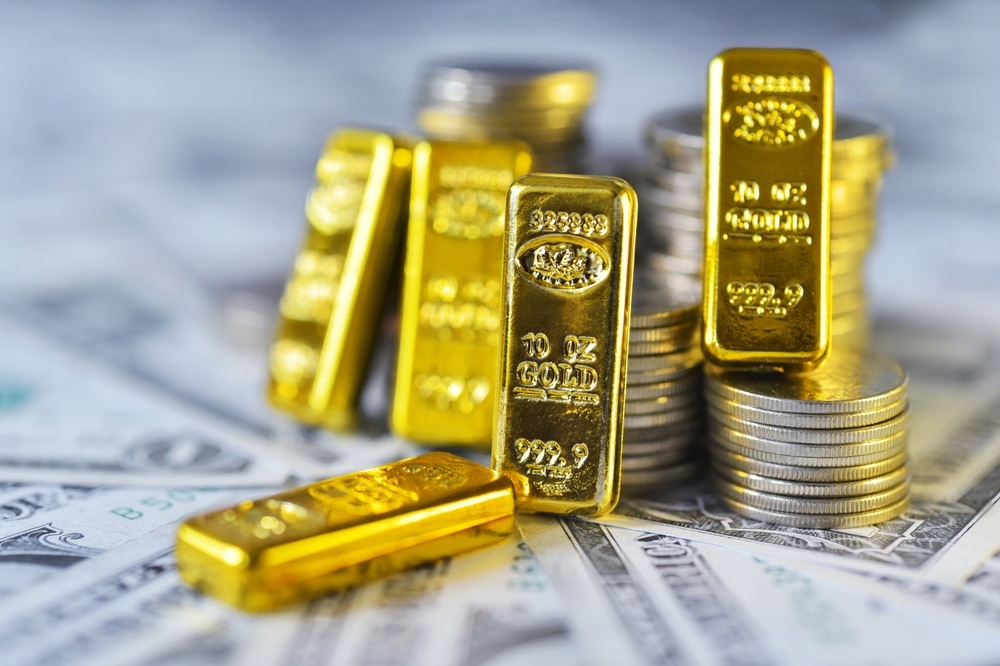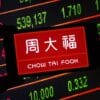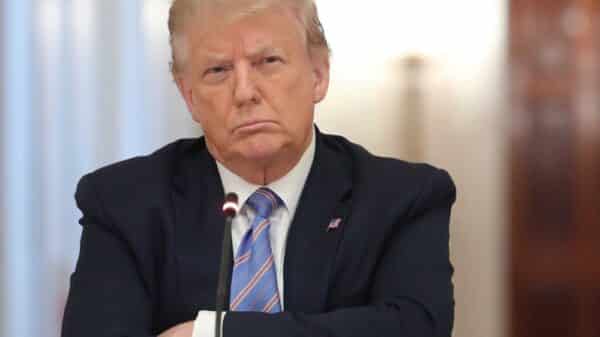The recent surge in gold prices signals a significant shift in the economic landscape, pulling the precious metal to unprecedented heights. As inflation concerns rise and uncertainty looms over the U.S. economy, gold has not only broken its inflation-adjusted peak from over 45 years ago but is also redefining its role as a safe haven for investors.
The Rising Tide of Gold Prices
This month, gold has experienced an impressive 5% increase, with record prices soaring to an all-time high of $3,674.27 per ounce. Historically, gold hit a peak of $850 back in January 1980—a feat that, adjusted for inflation, equates to about $3,590 today, although calculations vary widely. Analysts agree, however, that gold has decisively breached this historical threshold, reflecting its enduring status as an effective hedge against inflation and fluctuating currencies.
Historical Context and Investor Sentiment
The current market dynamics mirror critical moments in history when gold has shined as a reliable asset. In the late 1970s, gold prices skyrocketed amid rampant inflation and economic instability in the U.S. Under President Jimmy Carter, a series of geopolitical crises heightened tensions around the dollar, prompting a Gold rush. Similarly, today’s investors are witnessing an analogous reevaluation of gold’s worth as deficits rise and questions about Central Bank policies intensify.
Robert Mullin, a portfolio manager at Marathon Resource Advisors, emphasizes gold’s unique role as a long-term asset capable of withstanding economic turbulence. The awareness of inflation’s persistence and the uncertainties pervading global markets are driving renewed interest in gold. This renewed interest indicates that investors are becoming more strategic about safeguarding their portfolios, recognizing the gold’s historical reliability in turbulent times.
Comparing Past and Present Market Behaviors
What distinguishes today’s gold rally from past peaks is its relative stability. Unlike the volatile price swings seen in 1980, today’s gold market is characterized by greater liquidity and broader participation. The demand has diversified beyond traditional investors, expanding to include a wide array of market participants, enhancing resilience against external pressures.
The value of gold held in vaults has exceeded $1 trillion, with gold now surpassing the euro in global central bank reserves, highlighting its resurgence as a preferred asset class. This welcome trend reflects a reversal from the decades when central bankers dismissed gold in favor of the dollar during the era of globalization.
Economic and Geopolitical Influences
Current economic policies, notably those of President Trump, have further fueled the demand for gold. The dollar’s depreciation and the increasing scrutiny placed on U.S. assets have prompted both central banks and individual investors to diversify their portfolios. As the geopolitical landscape shifts—exemplified by the aftermath of Russia’s aggression in Ukraine—there’s a growing realization that holding gold can provide a buffer against economic sanctions and market volatility.
Significant buying trends from China, coupled with a rise in exchange-traded funds (ETFs) that provide easier access to gold for retail investors, have also played a role in its current popularity. This evolution in investment behavior is transforming the landscape, as both high-net-worth individuals and institutional investors amplify their gold holdings in an increasingly multipolar world.
Anticipated Interest Rate Dynamics
The recent spike in gold prices is coinciding with speculation that the Federal Reserve may soon lower interest rates to combat potential economic slowdowns. Historically, reduced rates have augmented gold’s appeal, as they decrease the opportunity cost of holding non-yielding assets. As sentiment turns cautiously optimistic, benefitting from favorable rate influences, gold might continue its ascent.
Conclusion
Gold, with its rich history as a protector against economic uncertainty, is experiencing a revival that echoes past events while adapting to contemporary challenges. Investors are recognizing its value not merely as a commodity but as a cornerstone of a resilient investment strategy amidst a shifting global economy. The current trends suggest that gold will continue to play a pivotal role in wealth preservation as both individuals and institutions navigate the complexities of the modern financial landscape.
Image Source: NAOWARAT / Shutterstock



























